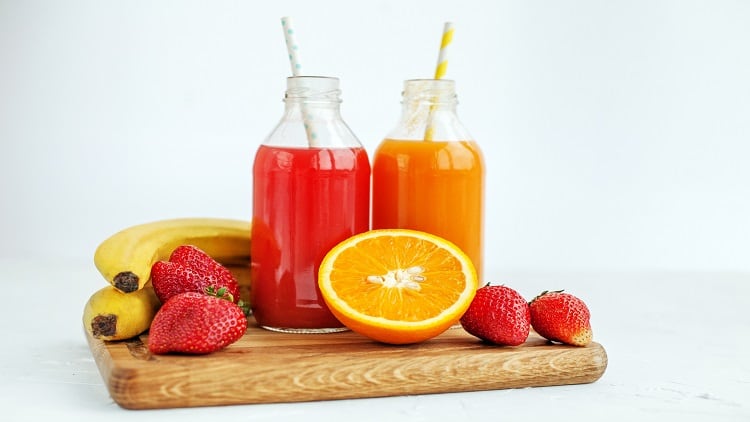Besides the traditional coffee and tea flavours, fruit-flavoured carbonated beverages are popular in the region, said Esen Kural, the regional sales manager at Ingredion.
He pointed out that the popular fruits flavours include lemon, mango, sour berries, and guava flavours, “because people are looking for refreshing choices.”
Integrated flavours, such as the combination of sour and sweet flavours, and even the use of mint in yogurt are also emerging in the region.
“Dairy products such as yogurt which is common in almost all Middle East countries have combined different flavours of chocolate, strawberries, banana plus some sour flavours. Of course this (integrated flavours) applies to the rest of the bakery and packaged food.”
Influence from the expatriate communities has also shaped flavour trends.
“There is a great intake of expatriates in the region. There is quite a bit of interaction, and this is pretty intense in Dubai, where there are many Indian and Pakistani expatriates. There are also others from Bangladesh and the Philippines and they all bring their flavours into the region.”
As such, there are more products carrying spice flavours, especially masala.
Apart from South Asian, influences from Japan, such as green tea and wasabi are also seeping into the region, albeit at a slower rate.
Preserving flavours
Preserving flavours is one of the main challenges faced by food and beverage manufacturers.
“Manufacturers are interested in product consistency, delivering and keeping the flavour, and shelf-life stability such that the flavours do not go off,” said marketing manager Helen Hook.
In the Middle East, flavours delivering technologies are most commonly used in the production of flavoured beverages, yogurts, and snacks such as coated nuts.
In terms of technologies used, maltodextrin is the “leading” plating agent, while spray drying was just as popular, said Kural.
The clean label trend has also influenced flavours delivering technologies.
“(It is a) great chance to get natural, e-number free, and organic. Consumers are increasingly aware of clean label,” he added.
Maize and tapioca starches are some of the ingredients that the firm uses to make plating and encapsulation agents.
For instance, the firm launched a new plating agent made from corn starch which delivers flavours by converting liquid flavours into powdered form last year.


